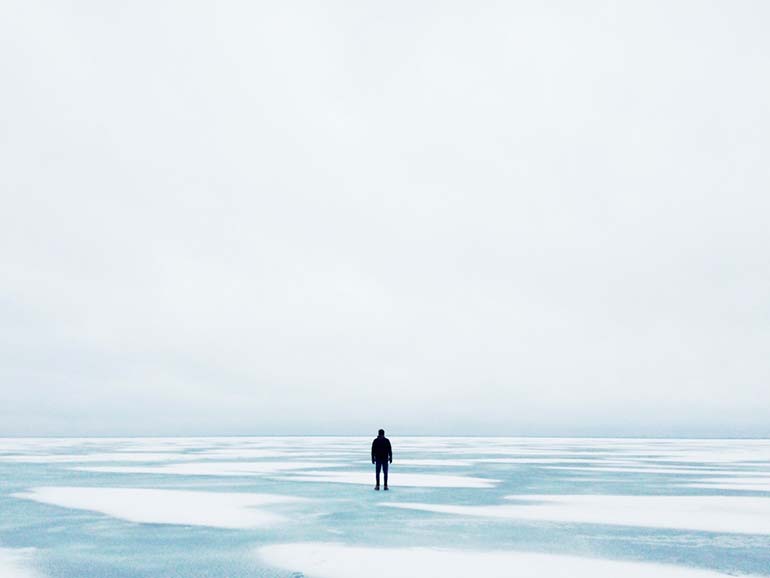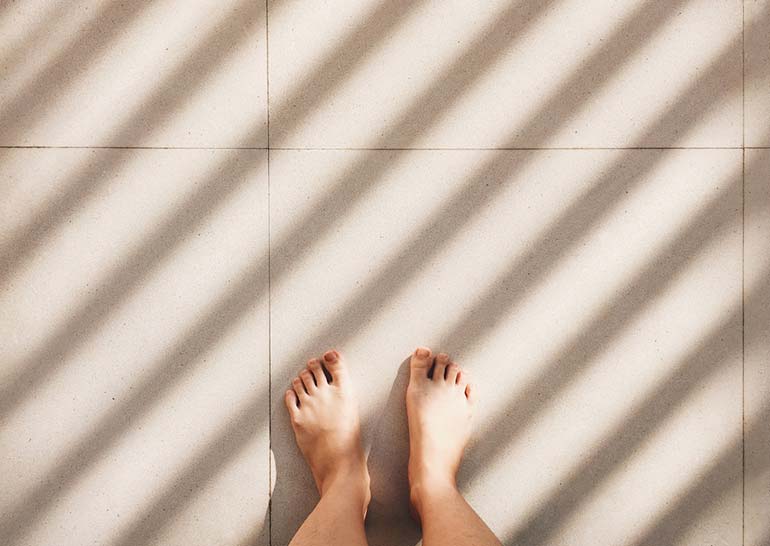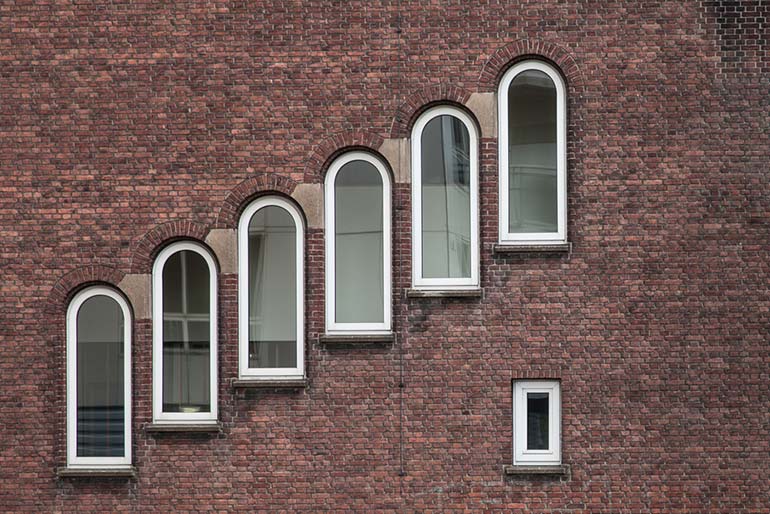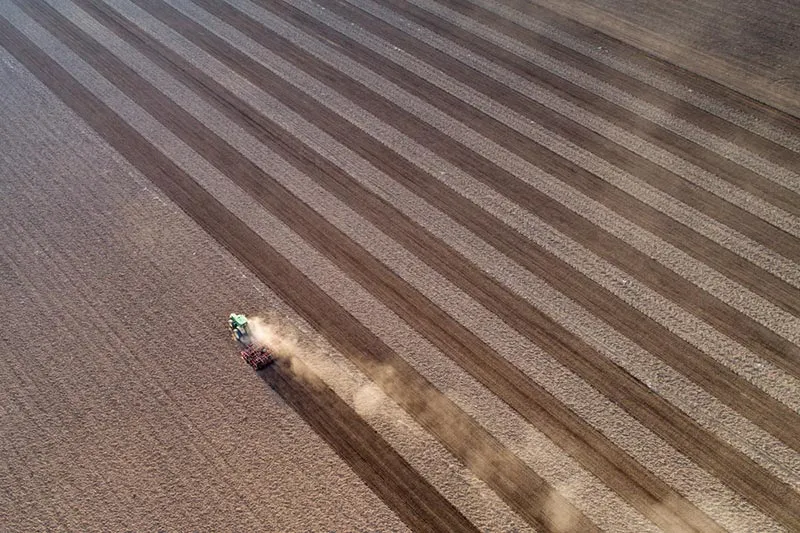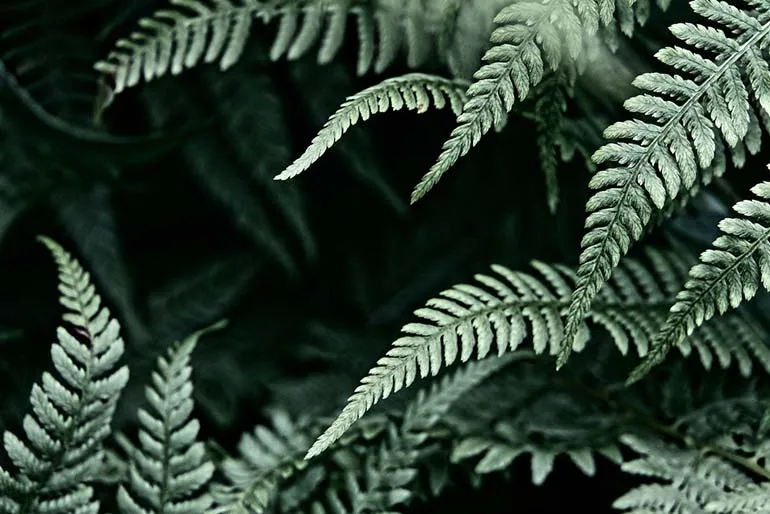Minimalism in Photography: Show More with Less
“Perfection is achieved, not when there is nothing more to add, but when there is nothing left to take away.”
— Antoine de Saint-Exupery, French writer
According to philosophers, when you embrace minimalism, you find true happiness. Designers will tell you that mastering minimalism means mastering design. In regards to photography, minimalism has it’s charm. It does not mean to photograph the mundane, or editing less; it is rather capturing something that embodies the simplicity and elegance of the subject. Mastering minimalism in photography is paving the road to the aforementioned.
Today we explore what minimalism in photography entails and how photographers can benefit from embracing minimalism as part of their approach. Essentially, it is about narrowing down your work to the fundamental and necessary elements.
You’ve heard the famous saying “less is more”, “doing more with less” etc. Definitions all point in the same direction – minimalism is about working smarter. Which brings us to the next point.
Minimalism in composition
Minimalism in photography requires creativity (contrary to what some may think). A photograph that surprises and awes one is smart in its composition and portrayal of the subject.
Here are two examples of minimalist photographs. Notice how first one differs from the other. You can guess why that is so.
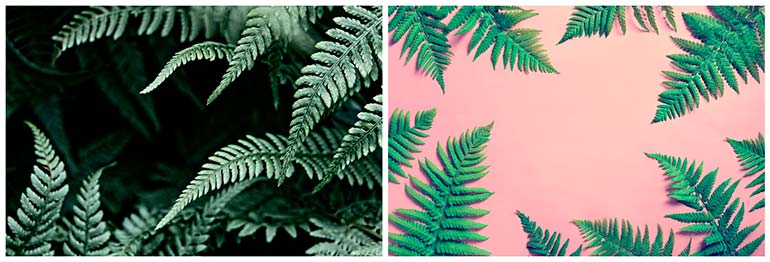
This example goes to show that not ever ‘simple’ photograph represents minimalism. You have to be clever about how you approach composition, what you focus on and how you present your final take.
Some things that can aid your composition are negative space, depth of field and making these decisions as you’re shooting and not in post-processing.
Strong composition is a must if you want to make a loud statement with your minimalist shot. Keep the basics in mind but also consider how your subject would be best portrayed; what rules you’re sticking to and which of them you’re breaking (knowing ‘why’ would also be helpful).
Colors, lines, and texture
The use of color in minimalist photography should be thoughtful, eye catching and contrasting. Even the simplest shot can be stunning if your color contrast choices are clever. Keep an eye out for colors that complement or contrast each other.
Lines can revive your photographs in a heartbeat. Strong lines are extremely effective in minimalist photographs. Your photograph will have a solid structure if the composition is right and the lines lead the audience to your subject.
Texture is a powerful tool because some successful photographs (such as the one below) makes you feel the texture just by looking at it. Of course, this is achieved through great lighting and an interesting angle.
A combination of these will guarantee a successful photograph. If you can isolate objects and enhance your composition through color, line and texture, you’ve got a winning shot.
Telling a story
You can also take a conceptual approach. Minimalist photographs can be clever so choose your subjects wisely. What do you want the viewer to take away? How can you surprise them and captivate them? What is your message?
Don’t get hung up on keeping it simple. Simple can be boring which is why you have to make conscious choices about what you’re including and excluding in your shots. These decisions are what make impactful photographs.
A skill you need to master
In the art world, minimalism is a subjective concept. Much is left up to the interpretation of the artist and that’s a good thing! You can add your own spin on the idea of minimalism and be open to new ideas and interpretations.
You have to take your time and study minimalist photographs. Only then will you grasp the essence of what it means to take minimalistic photographs and will better appreciate it as an art form of its own.
Keep an open mind and an open eye to the possibilities each day presents. You’re surrounded by objects and structures that you would dismiss otherwise. Now, take a moment to really pay attention to the things around you and think about how you can illuminate them through a smarter, more simplified approach.
